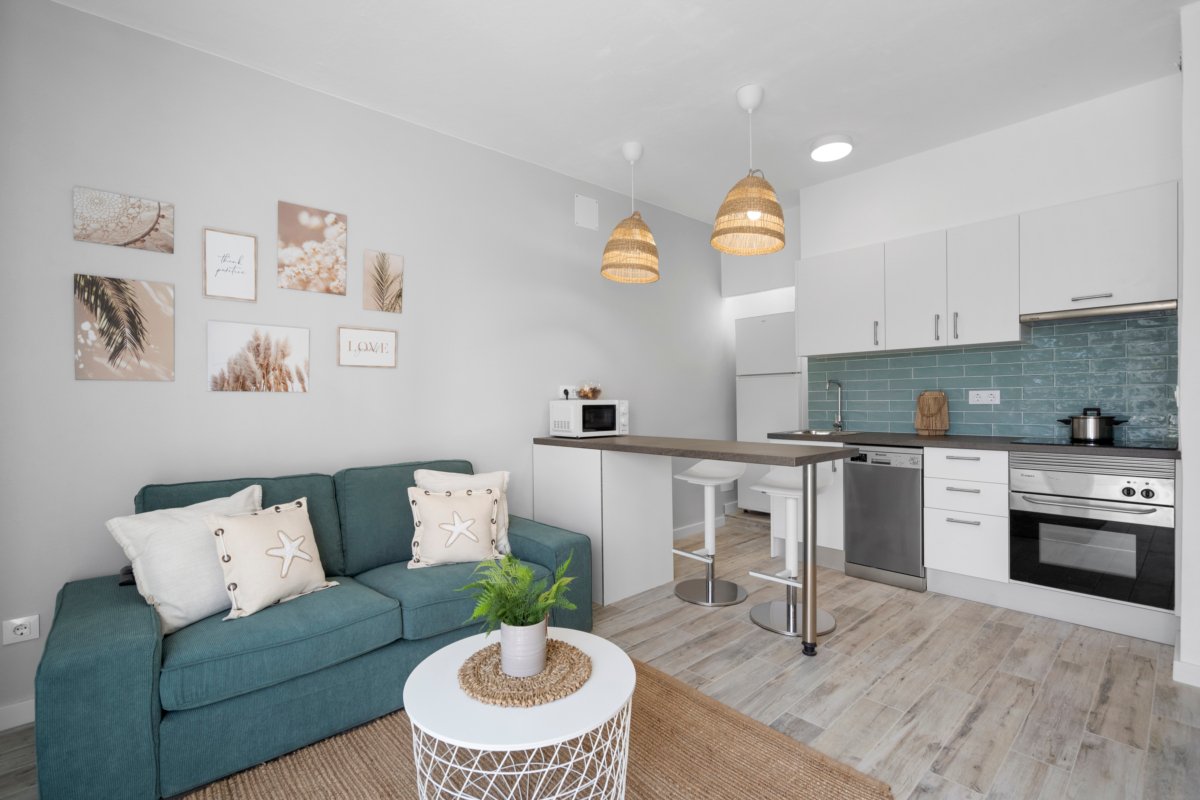
The Art of Real Estate Photo Editing: Mastering Techniques to Enhance Property Images for Maximum Impact and Appeal
Real estate photo editing is an essential skill for anyone involved in property marketing, whether you are a real estate agent, photographer, or property owner looking to showcase your home. In a competitive market where first impressions matter significantly, high-quality images can set a listing apart from the rest. Effective editing not only enhances the visual appeal but also plays a crucial role in conveying the property’s potential to prospective buyers.
In this extensive blog post, we will explore the art and science behind real estate photo editing. From understanding the fundamentals to exploring advanced techniques, our goal is to provide you with insights that will elevate your photography game and help you make a lasting impression in the realm of real estate.
Importance of Real Estate Photo Editing

real estate photo editing
The significance of real estate photo editing cannot be overstated. With the rise of online listings and virtual tours, captivating photographs are indispensable for attracting interest. This section delves deep into why photo editing matters in real estate.
Capturing Attention
When browsing through countless real estate listings, potential buyers often make snap judgments based on the photos they see.
Engaging images that pop out at the viewer allow properties to stand out among numerous options. As such, the initial task of a real estate photographer is to capture beautiful shots. However, it is the editing work that transforms these raw images into eye-catching visuals that encapsulate the essence of a home.
Photo editing helps enhance the brightness, contrast, saturation, and sharpness of images, making them more visually appealing. It ensures that colors are vibrant, shadows are softened, and details are accentuated. This process is essential for creating a compelling narrative about the property, one that captures emotion and draws viewers in.
Reflecting Quality and Professionalism
A well-edited photo reflects quality and professionalism. When potential buyers see polished images, they associate those visuals with the overall quality of the property and the professionalism of the listing agent.
It signals that effort has been put into presenting the property in its best light. Conversely, poor-quality images can create skepticism regarding the sellers’ intentions and may lead to missed opportunities. In a world where perception often dictates reality, achieving a professional finish through careful editing is paramount.
Enhancing Property Features
Every property has unique features that deserve to be highlighted.
Through real estate photo editing, editors can draw attention to specific elements such as spacious living areas, modern kitchens, or inviting outdoor spaces. Techniques like selective color adjustments, focus blurring, and cropping allow editors to emphasize desirable attributes while minimizing distractions.
For example, if a home has stunning natural light streaming through large windows, enhancing its exposure and clarity can make the image even more inviting. By showcasing the home’s best aspects, effective editing brings forth the property’s core value proposition, helping buyers envision their future in that space.
Tools and Software for Real Estate Photo Editing

real estate photo editing
Understanding the tools available for real estate photo editing is crucial for realizing your vision. This section explores popular software options, their capabilities, and how they cater specifically to real estate needs.
Adobe Lightroom
Adobe Lightroom is widely regarded as one of the best photo editing tools available.
Its user-friendly interface combined with advanced functionalities makes it ideal for both beginners and professionals. Photographers can easily import photographs, apply batch edits, and utilize presets for consistent styling across a portfolio of images.
Lightroom offers powerful features including:
- Color Correction: Editors can adjust hues, saturation, and luminance, ensuring that every image truly reflects what the naked eye sees.
- Exposure Control: The ability to fine-tune exposure levels can change a drab image into a dynamic shot bursting with life.
- Lens Correction: Correcting distortion caused by camera lenses is vital for ensuring that architectural lines are straight and true.
These features allow editors to enhance their images systematically while maintaining an excellent workflow.
Photoshop
While Lightroom excels in cataloging and basic editing, Adobe Photoshop provides more intricate editing capabilities.
Photoshop is particularly useful when dealing with complex tasks such as removing unwanted objects, merging multiple exposures (HDR), or performing advanced retouching.
Some of the key features include:
- Layer Management: Multiple layers allow for non-destructive editing, enabling creatives to experiment without worrying about losing previous changes.
- Clone Stamp and Healing Brush: These tools facilitate the removal of distracting elements, ensuring that the spotlight remains on the property itself.
- Masking and Selection: Precise masking allows editors to isolate sections of an image for targeted adjustments, leading to higher quality results.
The combination of Lightroom and Photoshop creates a comprehensive editing toolkit that meets various project needs.
Other Notable Tools
Apart from Adobe’s offerings, there are several other tools worth mentioning for real estate photo editing:
- Capture One: Renowned for its tethering capabilities, Capture One is favored by many professional photographers for its exceptional RAW processing and color grading tools.
- Affinity Photo: An affordable alternative to Photoshop that offers robust editing features without a subscription model.
- Canva: While not traditionally a photo editing tool, Canva allows agents to create social media graphics and marketing material using property images, making it a versatile addition to any realtor’s toolkit.
Being aware of these options gives real estate professionals the flexibility to choose the tools that best suit their particular style and needs.
Techniques for Effective Real Estate Photo Editing
Understanding various techniques used in real estate photo editing can significantly impact the final product. Here, we’ll deep-dive into some fundamental editing techniques that are invaluable for creating stunning real estate imagery.
Color Correction
One of the most critical aspects of photo editing is color correction.
Naturally occurring lighting can often cause color imbalances that detract from an image’s quality. Editors must analyze each photograph to determine which colors need enhancement.
Adjustments to temperature, tint, and vibrancy can dramatically transform a photo. For instance, a slight increase in warmth can evoke a cozy feel, while cooler tones may reflect modernity and sophistication.
Moreover, correcting color casts due to fluorescent lighting or tinted windows is crucial. This meticulous attention to detail elevates an image from ordinary to extraordinary.
High Dynamic Range Imaging (HDR)
High Dynamic Range imaging (HDR) is a technique utilized to capture a broader range of light than a standard image can handle.
This method involves taking multiple exposures of the same scene—usually three or more—and combining them to produce a single image with incredible depth.
The result is a striking photograph that retains detail in both highlights and shadows, providing a true representation of a room’s ambiance. For example, a sunlit living room with dark corners can be challenging to photograph in one shot; HDR allows for capturing all aspects accurately.
To execute this technique effectively, it’s essential to use a tripod to maintain framing consistency across exposures. Additionally, software like Lightroom or Photoshop can be leveraged to merge these shots seamlessly.
Noise Reduction and Sharpening
Noise reduction is particularly important in low-light situations where graininess can detract from the quality of an image.
Using noise reduction tools helps smooth out the appearance of an image while preserving detail as much as possible.
Simultaneously, sharpening adds crispness to edges, enhancing the overall clarity of the photograph. A delicate balance must be struck here; over-sharpening can create an unnatural look, while excessive noise reduction may lead to a soft focus. Therefore, applying these techniques judiciously is critical to achieving polished visuals.
Cropping and Composition
Composition plays a significant role in photography, and cropping is one of the simplest yet most effective editing techniques to improve it.
By adjusting the frame of an image, editors can eliminate distractions and focus the viewer’s attention on key features of a property.
The rule of thirds is an excellent guideline to consider during cropping; placing focal points along the grid lines can create a more balanced and engaging image.
Additionally, maintaining a consistent horizon line is crucial when photographing landscapes or properties with expansive views, as it ensures that the image appears grounded and professionally captured.
Final Touches and Presentation

real estate photo editing
The last stage of real estate photo editing is just as important as the editing techniques themselves. Here, we discuss the importance of final touches and how to present edited images effectively.
Consistency Across Images
Creating a cohesive look across all photographs in a listing is essential for establishing a brand identity.
This consistency can be achieved through uniform color grading, sharpening, and style preferences consistently applied across images. The goal is to tell a visual story that flows smoothly, allowing potential buyers to experience the property as though they were walking through it physically.
Incorporating presets can streamline this process, enabling editors to maintain a particular aesthetic throughout a series of photos.
Watermarking and Branding
In the world of real estate, branding plays a vital role in recognition and credibility.
Adding a subtle watermark or logo to edited images serves dual purposes: protecting your work and promoting your brand.
However, watermarks should be tastefully placed so as not to detract from the image itself. Strategic placements in corners or alongside the property description can keep the focus on the property while still delivering branding benefits.
Optimizing for Online Platforms
Finally, understanding how to optimize images for various online platforms is vital in today’s digital age.
Different websites and social media channels have specific requirements regarding file sizes, dimensions, and formats. Ensuring that your images fit these criteria without sacrificing quality is crucial for maximizing engagement and visibility.
Online listings often favor larger images, while social media platforms may require square or portrait-oriented images. Keeping these differences in mind allows for better presentation and can ultimately lead to more inquiries and showings.
Conclusion
Navigating through the realm of real estate photo editing is made easier with a solid understanding of the tools, techniques, and strategies discussed above. As the competition intensifies in the real estate market, mastering the art of photo editing becomes increasingly important.
By capturing attention, reflecting quality, showcasing unique features, and utilizing the right tools, real estate professionals can create alluring images that resonate with potential buyers. The power of effective editing lies in the ability to conjure emotions and visualize possibilities within a space, ultimately guiding individuals toward making informed purchasing decisions.
Whether you’re using Lightroom, Photoshop, or other editing tools, honing your skills and understanding the nuances of photo editing will undoubtedly set you apart in a crowded marketplace. Embrace the art of real estate photo editing, and watch your listings soar to new heights.
Contact me for the best real estate photo editing service.






